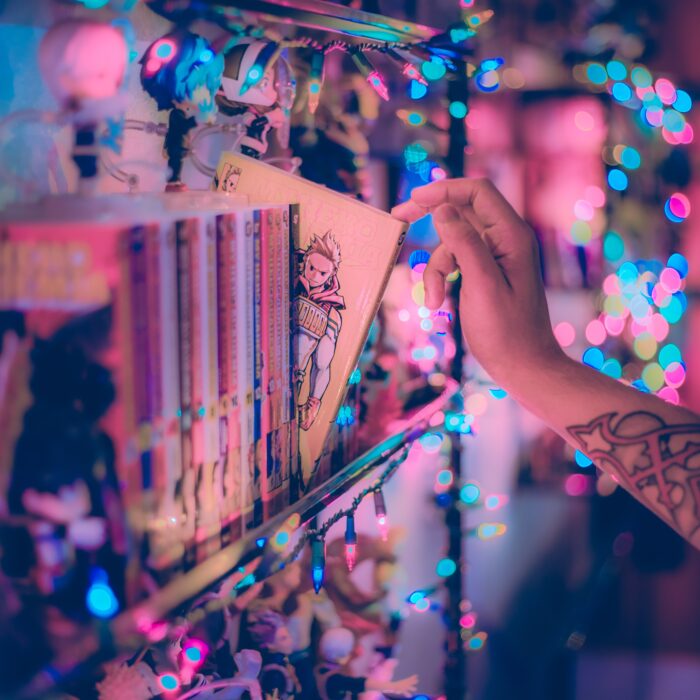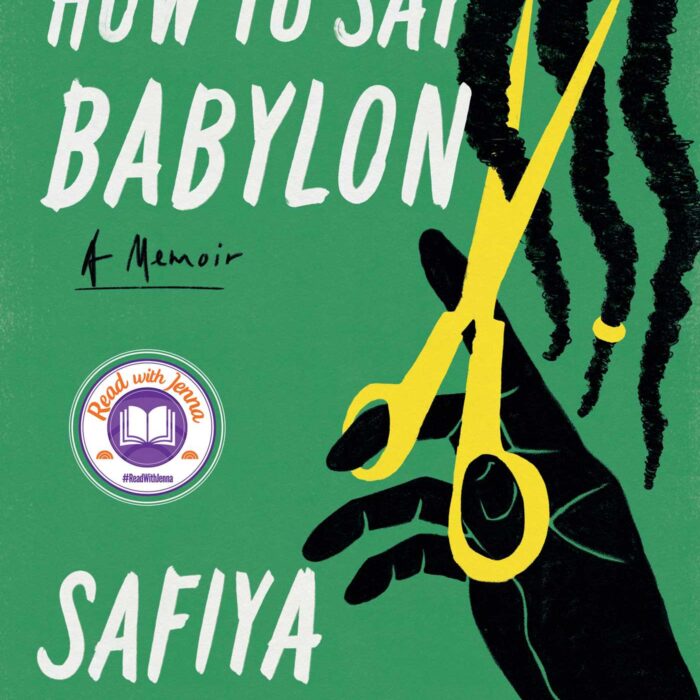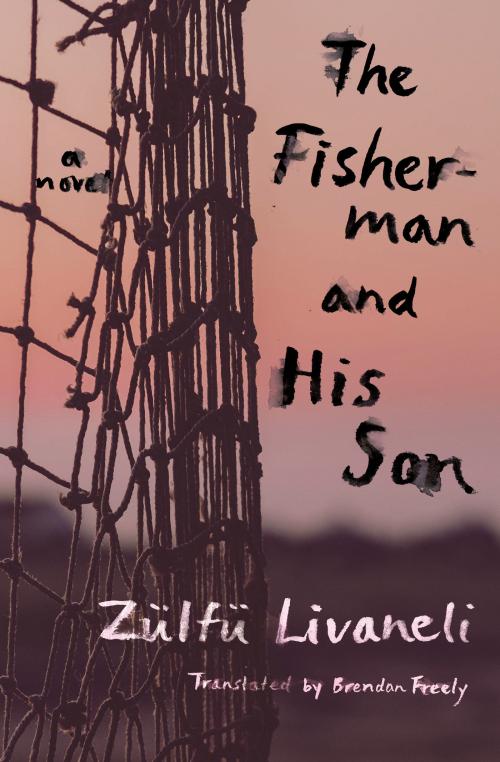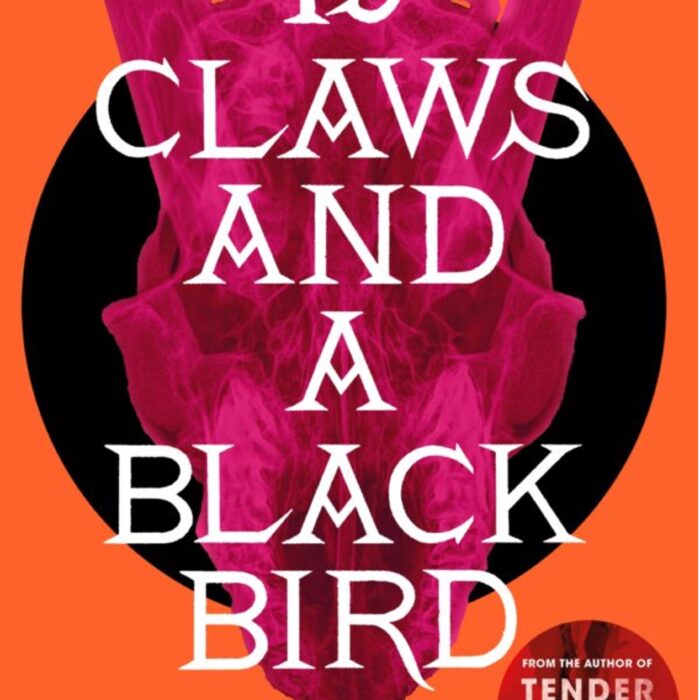You have no items in your cart. Want to get some nice things?
Go shopping
A new film adaptation has brought attention once again to Graham Green’s 1937 masterpiece Brighton Rock. I took a trip down to Brighton, the beloved venue of my student days, to reacquaint myself with the city that Greene so vividly brings to life, and to see if the new adaptation can do justice to the novel’s slow-burning tale of murder, begrudging romance and seething guilt.
Brighton is a place alive with possibility – a city crammed into the space of a town. I lived there for three years whilst studying, and having been away for about six months, the thought of taking a trip to reacquaint myself with the city seemed like the best way to re-read Greene’s novel in context. Many critics believe the novel’s brooding study of poisoned romance and fierce emotional suppression to be too big to contain in two hours of film, though filmmakers do seem to relish the challenge; Rowan Joffe’s new adaptation follows a 1947 film by John Bolting, famous for Richard Attenborough’s portrayal of the ill-fated anti-hero Pinkie Brown. Brighton Rock was written whilst Greene began to scrutinize his own Catholicism, spurred by both the socialist persecution of Mexico, and General Franco’s attack on Republic Spain. It was whilst travelling to Mexico that Greene witnessed the destruction of the towns and ruined churches, and he ‘began to examine more closely the effect of faith on action’. It was here that he corrected the proofs of Brighton Rock, a tale that began as a detective story, but became ‘a discussion … of the distinction between good-and-evil and right-and-wrong, and the mystery of the appalling strangeness of God’.
The story follows Pinkie, who becomes the leader of a small-time mob following the death of mentor Kite. Pinkie is introduced as a man who controls the city as if it were his own yard, whose face forms no expression and dead-grey eyes show no hint of humanity. The novel opens with a chase, Pinkie’s mob seeking journalist Charles Hale to revenge Kite’s death. As Hale runs about the seafront-crowds, flailing in fear, Greene’s prose is luminous; ‘he thought he could lose himself safely in a crowd, but now the people he was among seemed like a thick forest in which a native could arrange his poisoned ambush’. Every metallic glimpse of sun reflected by a chrome car bumper reminds Hale of the impending threat of the mob’s flick knives, ‘the thin wound and the sharp pain’.
But it is after Hale’s murder that Pinkie’s grasp of Brighton unravels. Greene shows the reader that beyond the composed veneer, Pinkie’s nails are bitten and the soles of his shoes are worn right through. He is a self-conscious 17 year old whose fear of dependence and determination to assert his potency as a gang leader entangles him in an escalating web of murder that he can’t escape. He is a character in turmoil, caught between adolescence and manhood, and his descent from kid to conflicted killer is mirrored by Greene’s description of a sea gull; ‘a gull dropped from the parade and swept through the iron nave of the Palace Pier, white and purposeful in the obscurity; half-vulture and half-dove. In the end one always had to learn’.
Pinkie is obliged to keep a waitress, Rose, sweet lest she provide evidence of his wrongdoings. Pinkie is terrified of being dependent, either on substances or people, as in his mind it is a sign of weakness. This is why he resolves to not touch alcohol, and why he is so disgusted by his creeping desire for Rose . He coolly dispatches with member of his own mob, but the creeping desire that grows for Rose horrifies him. Their relationship, borne out of obligation, breeds dependence, and this dawns on Pinkie whilst they stand in an alley after he has talked her parents around to their underage marriage; ‘‘You were wonderful”, she said, loving him among the lavatory smells, but her praise was poison: it marked her possession of him’.
Greene’s Brighton begins to conspire against Pinkie with constant reminders of his guilt; every gust of salt wind smarts the lips, carries the temptation of vice in the form of the smell of port on a woman’s breath, and transports music from saloon bars that delivers a foreboding sense of damnation. Integral to the intoxicating atmosphere he creates is music, with the sea breeze carrying refrains into Pinkie’s ears, or lyrics intersecting dialogue during conversations in saloons. During the aforementioned chase of the late Charles Hale, Pinkie tracks him down in a seafront pub, and their tense dialogue is intercut with lyrics being sung in the room next door. The song about fidelity and lost innocence is an ominous precursor to the trajectory of Pinkie and Rose’s relationship; ‘A wreath of orange blossoms, when we next met she wore; the expression of her features, was more thoughtful than before’. A witness to Hale’s murder, begins to follow the two teenagers in hope of incriminating The Boy, and this mirrored by the lyrics ‘The watchdog on our walks, talks, talks of our love’, which, Greene tells us, ‘bit, like an abscess, into his brain from the Palace Pier’.
Pinkie believes throughout the book that as long as he can keep Rose quiet, he can be saved from damnation by repenting once he is safe – one confession ‘to wipe out everything’. But he realises by the novel’s conclusion he is in far too deep for his prayers to be answered, and that ‘only death could ever set him free’. This web of deceit and guilt is spun brilliantly by Greene, his prose marrying the grainy squalor and horror with the visceral and poetic.
But this is such a complex and slow-burning story that it is impossible to convey the seething complexities of the two character’s relationship bubbling under the surface in two hours. The two adaptations can only provide a sketch of Greene’s novel, with differing results. Joffe’s new film is set in 1964 against a context of youth-culture conflict, the year significant for the clashing Mods n’ Rockers, and as the last that the death penalty loomed as punishment in Britain. Other than these shifts, Joffe provides a relatively faithful condensing of Green’s novel, but one that ultimately fails to capture the sheer visceral urgency of the book. As mentioned, Greene’s luminous depiction of Brighton is, as much a character as any other which haunts Pinkie and Rose with its howling winds; Joffe’s adaptation fails to capture the thick, salty tension of the book.
The Bolting film, made in 1947 under a context of strict censorship, did not have the option of explicit depictions of violence, and thus had to convey the torment of its central characters implicitly through tense dialogue and a soundtrack that elicits skips of the heartbeat. The dialogue-free chase scene in which the mob hunt Hale is inspired, and Bolting’s use of music and haunting lyrics is faithful to Greene’s text (Joffe’s mostly instrumental soundtrack misses a trick here). The 2011 production brings the violence of the story to the screen in a truly graphic way, but is no more effective as the underlying sense of impending horror is missing.
However, there are many decent moments in Joffe’s film. The finest arrives when Pinkie is haunted by the shrill cries of a new-born emanating from the bedsit next door, shortly after Pinkie begrudgingly consummates his marriage to Rose. But Sam Riley fails to do justice to Greene’s deeply conflicted character, and the sense that Pinkie is caught in a transition between adolescence and the horrors of the adult world is lost. In contrast, Richard Attenborough made an excellent Pinkie; all twitches and bile, a kid who truly ‘held intimacy back as long as he could at the end of a razor blade’.
Ultimately, Greene constructed a complicated and slow-burning tale of its characters wrestling with hatred, love and absolute fear of eternal damnation at the same time, and this is immensely hard to portray within the confines of cinema. In Greene’s novel, the grainy squalor of the story is coupled with a lyrical tenderness, a balance difficult to emulate. But I’m sure Joffe’s will turn new generations onto Greene’s outstanding book, as well as the Bolting’s film, so that new generations can join Pinkie in the discovery of ‘the greatest horror of all’.
Rob Fred Parker
You can find out more about the recently released film adaptation of Brighton Rock at the BBC Films website: http://www.bbc.co.uk/bbcfilms/film/brighton_rock

Emily Cleaver
Emily Cleaver is Litro's Online Editor. She is passionate about short stories and writes, reads and reviews them. Her own stories have been published in the London Lies anthology from Arachne Press, Paraxis, .Cent, The Mechanics’ Institute Review, One Eye Grey, and Smoke magazines, performed to audiences at Liars League, Stand Up Tragedy, WritLOUD, Tales of the Decongested and Spark London and broadcasted on Resonance FM and Pagan Radio. As a former manager of one of London’s oldest second-hand bookshops, she also blogs about old and obscure books. You can read her tiny true dramas about working in a secondhand bookshop at smallplays.com and see more of her writing at emilycleaver.net.




